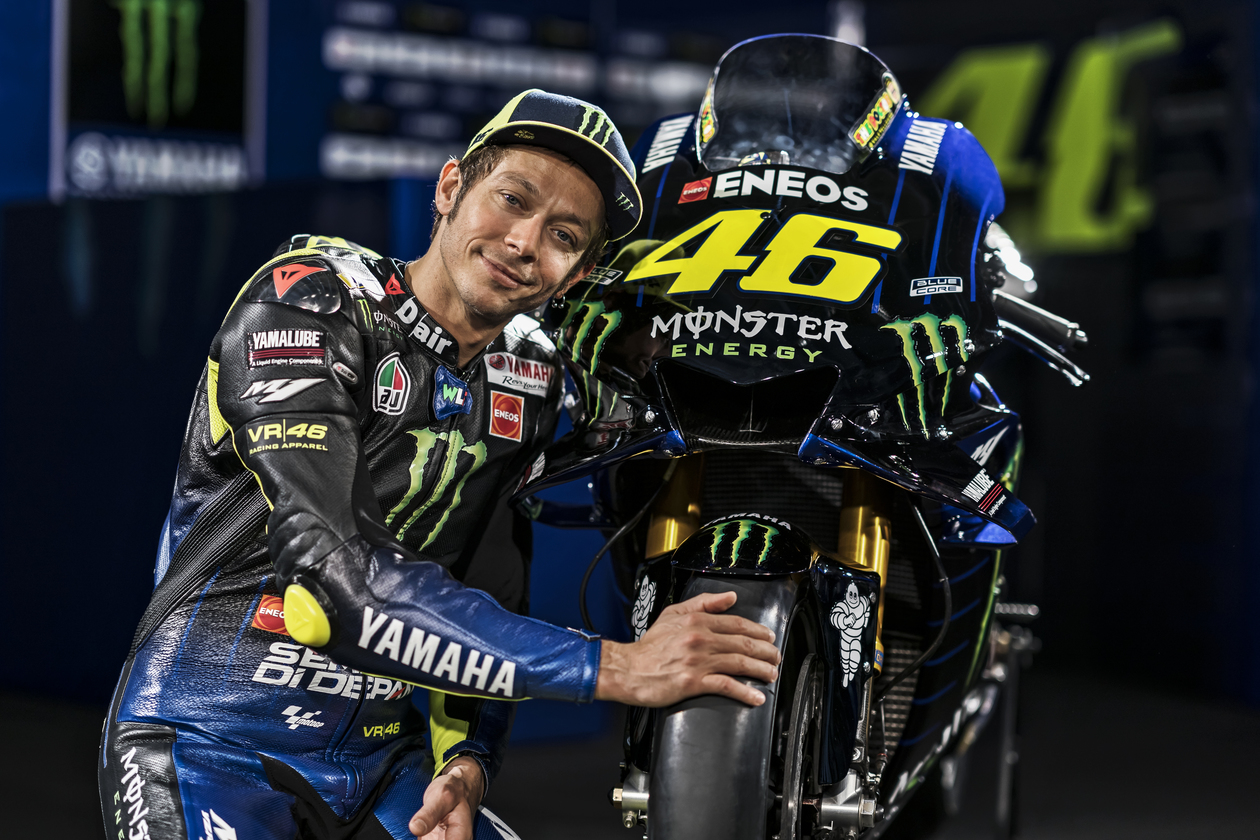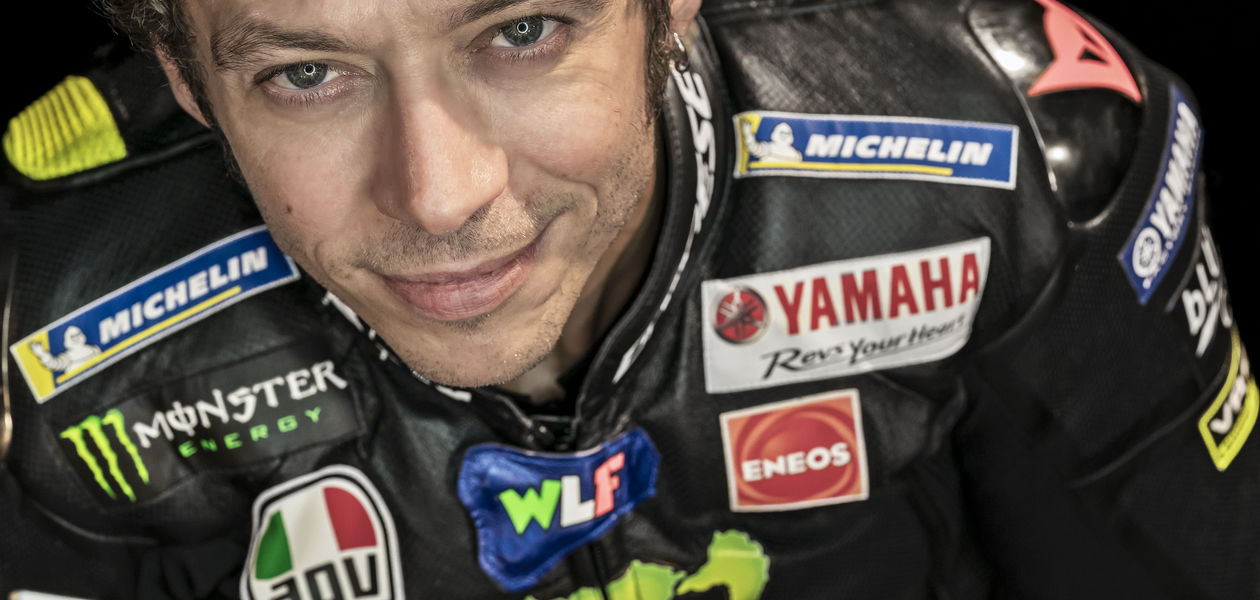Valentino Rossi turns 40 today, and in a few weeks will embark on his 24th season in Grand Prix racing, his twentieth in the premier class. Since 1996, Rossi has won 115 Grands Prix, 9 world titles, ridden for four different manufacturers, raced in each of the four iterations of the premier class (500cc, 990cc, 800cc, 1000cc), seen regulations change and evolve, and witnessed the entire face of racing morph into a wholly professional franchise which is as much a business as it is a sport.
In spite of the vast changes which have occurred in the racing scene in the past quarter-century, Rossi has managed to maintain his grip on the top of two-wheeled sport, both on track and off it.
In 2013, Valentino Rossi moved back to Yamaha after a couple of difficult seasons with Ducati, in which he managed only three podiums aboard the Desmosedici, and no wins. The first season back with Yamaha was mostly disappointing, scoring only one win – at Assen – and consistently being the slowest of the four Japanese factory riders, behind teammate Jorge Lorenzo, 2013 World Champion Marc Marquez and one of the first riders to receive some sort of racing tutorage from Rossi, Dani Pedrosa.

This sparked a revolution for Rossi. The then-35-year-old decided to formalise his rider training with fellow Italians Franco Morbidelli and Andrea Migno into what is now the VR46 Rider Academy, and to it he signed many more riders, such as Lorenzo Baldassarri, and Romano Fenati and Francesco Bagnaia, who would be the riders in the Sky Racing Team VR46 squad for its maiden campaign in the Moto3 World Championship.
The Doctor also underwent a transformation on track, himself. From 2014 preseason testing it was clear that the Italian was playing with his riding style, moving his body around the bike in a way more associated with the young riders – like the ones he was signing to the Academy – not one who had nine world titles and a thirty-five-year-old body. In addition to this, there was a new crew chief in the #46 box, as Silvano Galbusuera replaced Jeremy Burgess, who had been ever-present in Rossi’s garage since the Italian’s debut in the premier class in 2000. It was this on-track, in-garage transformation that catalysed Rossi’s impressive 2014 season, in which he won two races – Misano and Phillip Island – and finished second in the championship behind a dominant Marc Marquez.
2014 lay the foundations for what was a spectacular title fight in 2015 between Rossi and Jorge Lorenzo, who went head-to-head for the first time since 2009 for a MotoGP World Championship title. Whilst the final result of the championship did not go the way of the Italian – thanks to a situation which occurred largely of his own volition – 2015 showed Rossi still has the capability to fight for a World Championship.
2016, ’17 and ’18 followed similar paths, with Rossi evolving his style each year and, whilst he went winless last year, he ended the championship in third place behind champion Marquez and Andrea Dovizioso, both of whom had unquestionably superior machinery.
With Rossi now into his fortieth year, and 24th of racing grand prix bikes, it remains to be seen whether he can muster another championship assault, but there is little doubt that The Doctor will have been working on evolving himself over the winter in preparation for this season to remain in the front fight. Forgetting numbers, Rossi’s ability to stay competitive year on year, suffering few injuries and seemingly ignoring age, is perhaps his greatest achievement.

